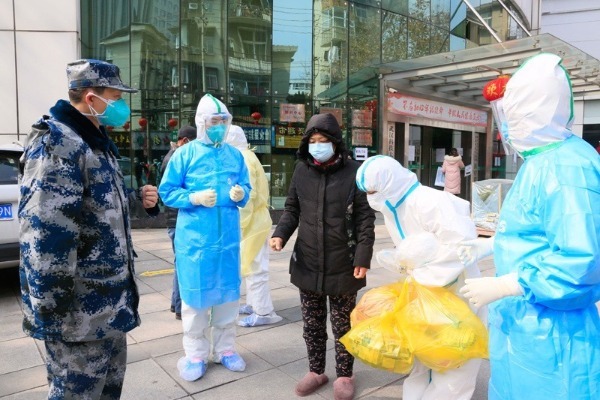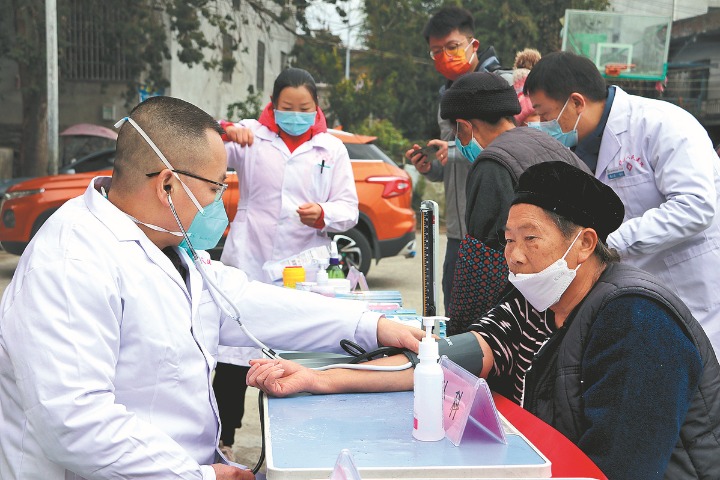Why does China adopt a whole-of-government and whole-of-society approach towards COVID-19?
It is important to note that the information provided in this Series is intended for your general knowledge only and is not a substitute for professional medical advice or treatment.

On 20 January 2020, in response to the emergence of COVID-19 cases in Wuhan and a few other places, Chinese government made the decision of "putting people's lives and health in the first place, and mobilizing all efforts to prevent, control, and resolutely contain the spread of the epidemic." On the same day, the first meeting under the Joint Prevention and Control Mechanism of the State Council was held, making a comprehensive deployment for epidemic prevention and control. Since then, China has been taking a whole-of-government and whole-of-society approach to combat the epidemic. In the process, the joint mechanism has continuously identified and filled loopholes in practice and adapted its policy focuses with the changes in epidemic situation and work resumption.
First, the whole-of-government and whole-of-society response is a must for epidemic prevention and control, which is a massive and systematic undertaking. Negligence in any link may lead to the failure of the entire system. For this reason, horizontal and vertical policy coordination and collaboration are needed among various administrative authorities and government departments at all levels. The whole society has to be mobilized as well for the sake of cooperation and contribution of every citizen, enterprise and social organization.
Second, the approach has rich hands-on experience in China. China adopted the whole-of-government and whole-of-society approach not only in natural disaster mitigation and relief but also in delivering major national development tasks such as targeted poverty alleviation and the implementation of 2030 Sustainable Development Agenda. In this practice of "pooling resources for major undertakings", solutions were created and experience accumulated in coordinating various departments, partnering assistance between local governments, mobilizing communities and engaging enterprises and social organizations. The Joint Prevention and Control Mechanism of the State Council consists of 32 departments, creating synergies in medical treatment, logistics support, epidemic prevention and control, and information provision. It has effectively mobilized more than 40,000 medical professionals and huge quantities of medical and living supplies from across the country in support of Hubei province.
Third, the whole-of-society action has roots in societal consensus as well as cultural legacy. In traditional Chinese culture, people have a strong sense of connecting the fate of families with the country. More importantly, facing the highly contagious and uncertain COVID-19, a high degree of consensus has been built over the society on strict prevention and control measures. Convinced and touched by government's people-centered philosophy, the determination to contain the epidemic at all costs, and the sacrifices and dedication of tens of thousands of medical staff, people take staying at home as a duty to the family and the country. Numerous companies and individuals regard it as their responsibilities to surmount the difficulties caused by the epidemic, and willingly contribute money and provide volunteer services.
Currently, there are COVID-19 outbreaks in other countries. As WHO has called for, whole-of-government and whole-of-society efforts are urgently needed to win the battle against the virus.
Author: Jiang Xiheng
Please feel free to contact us by sending your questions to question@chinadaily.com.cn or commenting on China Daily app. We will ask experts to answer them.














